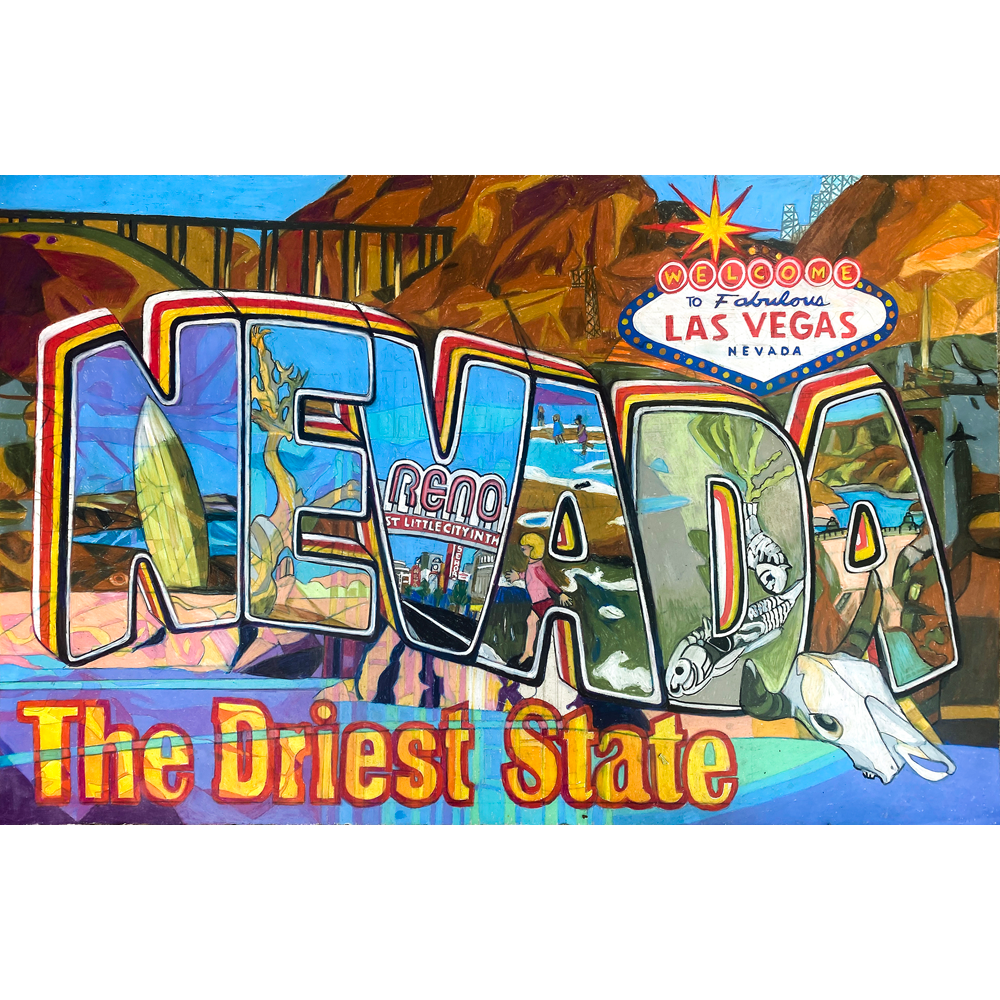Description
According to the National Oceanic and Atmospheric Administration (NOAA), Nevada is truly the “The Driest State” in the nation, with the lowest annual average precipitation, including both rain and snowfall. Cities like Las Vegas and Reno are particularly dependent on water supplies sourced from mountain ranges outside the state, emphasizing the precariousness of Nevada’s water resources.
Adding to these challenges, Nevada has experienced a temperature increase of 2.4 degrees Fahrenheit since the early 20th century, a trend consistent with broader global climate changes. This warming exacerbates the ongoing water crisis and heightens the vulnerability of the state’s ecosystems and communities.
The region’s current drought, which has gripped the southwestern United States for the past 22 years, has been identified as the driest megadrought—defined as a drought lasting two decades or more—since at least the year 800. This finding, published in the journal Nature Climate Change, underscores the unprecedented scale and severity of the crisis. The implications for water access, agriculture, and urban development are profound, demanding urgent action and innovative solutions to sustain life in one of the nation’s most arid states.




